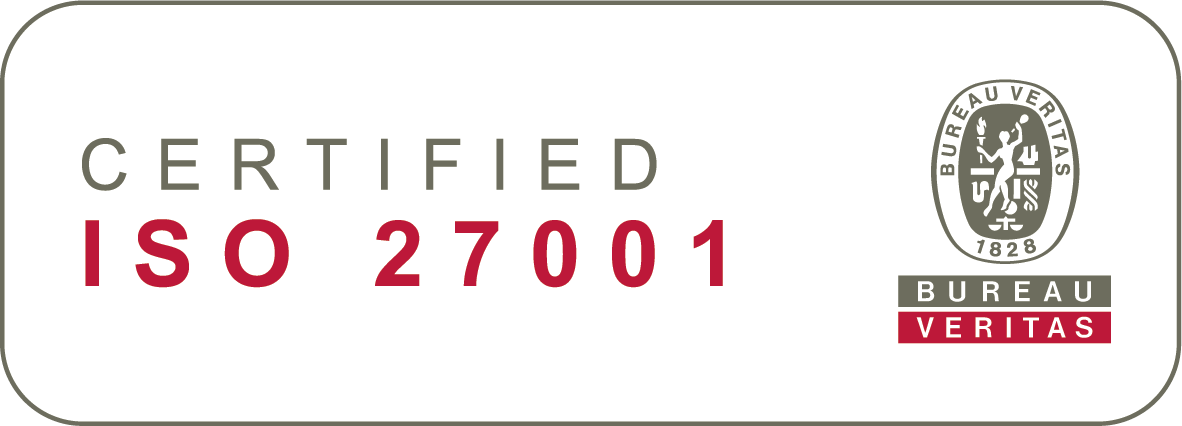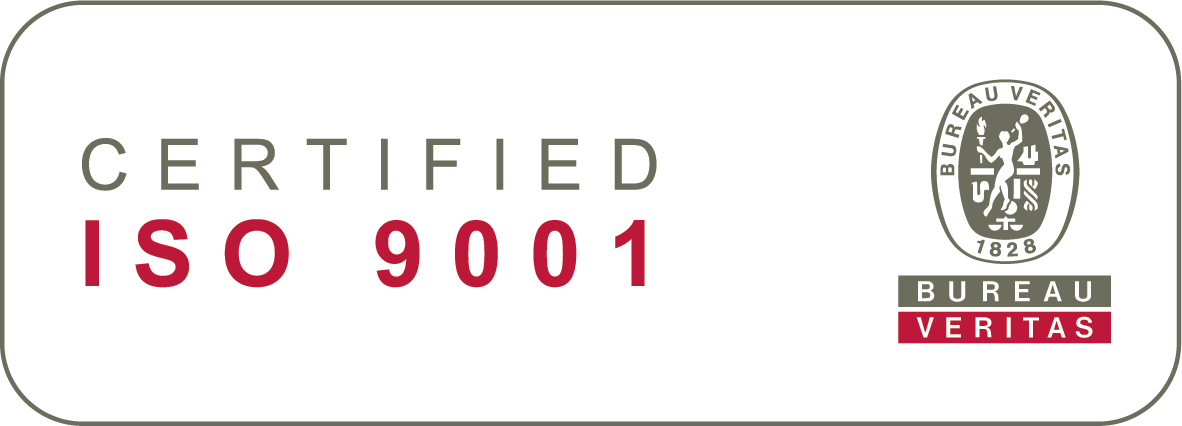It’s not easy running a multinational company, whether small or large. Employees are spread out over different countries, the added challenges of different cultures, languages, laws and business practices come into view upon closer inspection. How can HR function as a smooth, single operation, adopt a true corporate culture, yet take into account the different nuances of working life around the world?
One system to rule them all
To add to the complexity, several HCM systems are often necessary to run the people side of your operations. Yet you also probably have targets to streamline and optimse your processes and functions. Tricky. HR information spread out across multiple systems makes it exceptionally hard to build meaningful insights, without which it can be impossible to manage HR processes.
One system that acts as the single source of truth for all employee data allows for data-driven and strategic decision making. It also enables team leaders to check that their people are being fairly paid, and ensures the right mix of skills is within the organisation. It also makes it easier to track working hours, leaves and absences, workplace injuries, or any other KPIs your company wants to follow.
Centralised employee data also delivers less visible but equally valuable benefits. The ability to easily change terminology, function titles, and your organisation’s tone of voice keeps your internal communication current and aligned. One major Nordic retailer decided to do just this, streamlining their corporate function titles in their HR system and creating a common HR language across the entire company. The whole company appreciated the refreshed terminology and title structure, especially as the whole process was achieved quickly.
Your organisation’s digital blueprint
The right HR system helps you build a digital version of your organisation that mirrors its operations and acts as a clearing house for information. When you are ready to expand your operations, user rights structure are already in place, drastically reducing the timeframe for future implementations. Acting as your company’s digital twin, your HR system can create a real return on investment, both in time and money.
A good HR system isn’t just a tool to keep track of your people-related information. It can also be an excellent foundation for a complex international organisation. When you’re ready to purchase an HR system, take a look at the checklist below. It will help you on your journey towards a smoother HR ride for your people.
What to keep in mind when purchasing an HR System for international operations
A good HR system isn’t just a tool to keep track of your people-related information. It can also be an excellent foundation for a complex international organisation.
When you’re ready to purchase an HR system, take a look at the checklist below. It will help you on your journey towards a smoother HR ride for your people.
 Plan ahead right from the beginning
Plan ahead right from the beginning
If your company will expand to more countries in the future, will your system be able to grow with you?
 Smart reporting tools that enable easy sharing
Smart reporting tools that enable easy sharing
Find a system that enables you to create reports of all your international employee data that can easily be shared with the right people and partners.
 Flexibility is key
Flexibility is key
A system needs to be flexible enough to be adjusted to the company’s international processes with data flowing freely across countries.
 Pay attention to local details
Pay attention to local details
Make sure that your local languages, currencies & legislations are supported by the system.
 Require experience in international implementations
Require experience in international implementations
The system provider should be able to showcase that they have experience in multinational implementations, in order to provide you with the best possible result.
What will the future of work across borders look like?
Many companies with international HR operations struggle to balance the relationship between global HR master data and local HR systems. When you harness the true potential of your HR data, you achieve both global and local visibility, resulting in a detailed picture of how to improve your HR processes across all parts of your business.
Want to find out more? Then be sure to watch the recording of this webinar!


